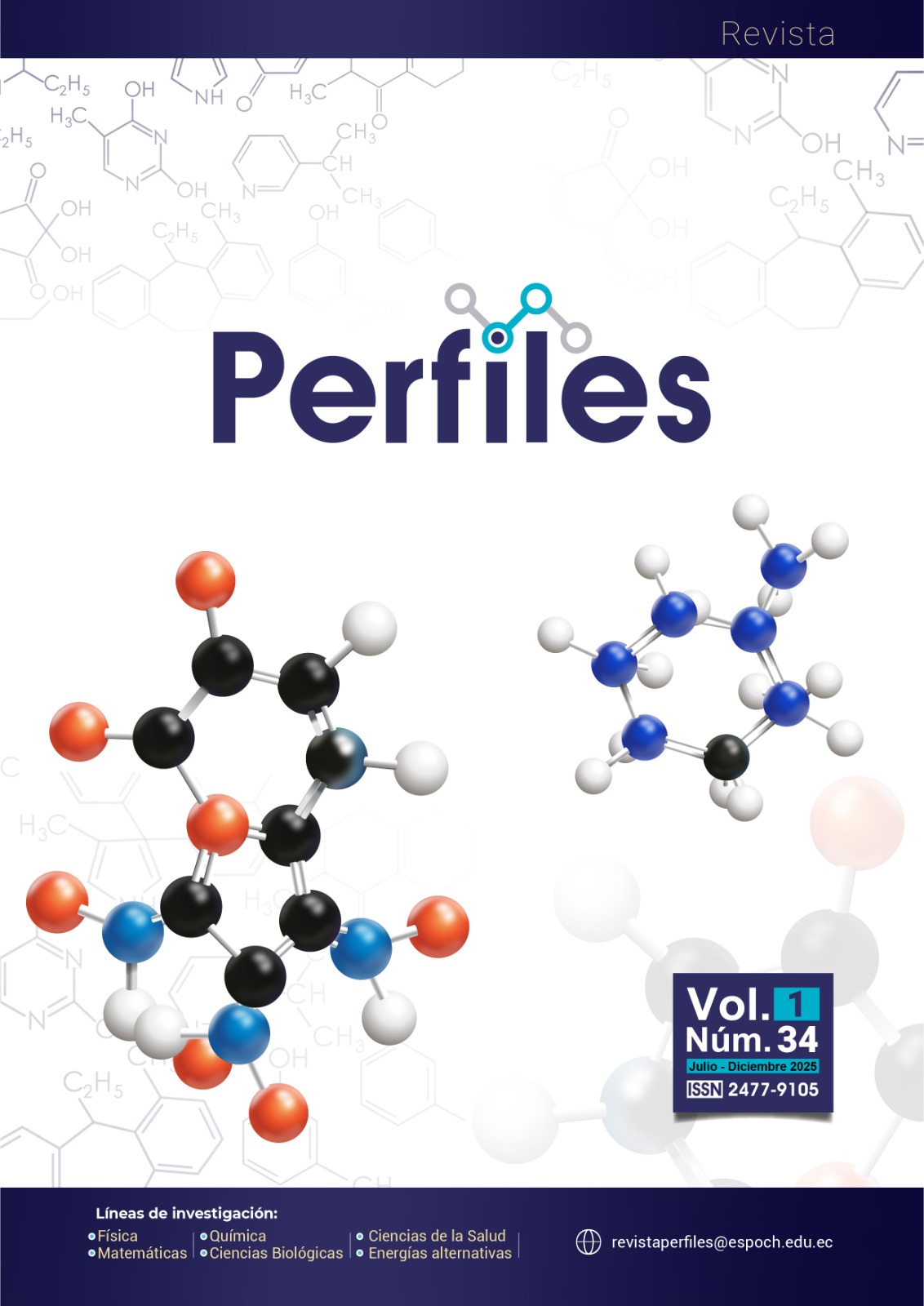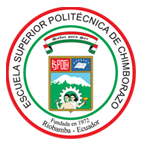INFLUENCIA DE LA NANOSÍLICE EXTRAÍDA DE CAPARAZONES DE CANGREJO EN LAS PROPIEDADES FÍSICO-MECÁNICAS DE LOS MORTEROS DE CEMENTO
DOI:
https://doi.org/10.47187/perf.v1i34.362Palabras clave:
Nanosilica, mortar, compressive strength, microstructure, sustainabilityResumen
This study evaluates the use of crab shell waste to enhance mortar properties by incorporating nanosilica at 0.25% by cement weight as a sustainable alternative. The nanoparticles, obtained from biological waste, were applied to Type N and HS cements, formulated for masonry and sulfate-resistant applications. The methodology included nanoparticle synthesis, uniaxial compression tests, permeability assessments, and microstructural analyses (XRD and SEM).
Results show that nanosilica improves compressive strength and durability, although nanochitin and calcium nanoparticles proved more effective in long-term performance. The C+S₀.₂₅% mixture reached 31.22 MPa at 90 days, similar to its control (31.63 MPa), while M+S₀.₂₅% achieved a 3.2% strength increase compared to its reference. The early-age strength gain (24 h–7 d) indicates that nanosilica accelerates cement hydration and densifies the matrix, improving internal cohesion.
Permeability tests revealed hydrophobic behavior (contact angles >90°), reducing water absorption and enhancing durability. This approach optimizes mortar performance while promoting sustainability through the reuse of waste materials. It aligns with circular economy principles and nanotechnology applications, demonstrating the feasibility of using crab-derived nanosilica in the development of eco-efficient construction materials.
Descargas
Citas
Huang H, Teng L, Gao X, Khayat KH, Wang F, Liu Z. Effect of carbon nanotube and graphite nanoplatelet on composition, structure, and nano-mechanical properties of C-S-H in UHPC. Cem Concr Res. 2022 Apr 1;154:106713.
Bai S, Yu L, Guan X, Li H, Ou J. Study on the long-term chloride permeability of nano-silica modified cement pastes cured at negative temperature. J Build Eng. 2022 Oct 1;57:104854.
Alvansazyazdi M, Paucar JE, Chávez FE, Bonilla PM, Martial DA, Santamaria JL, et al. Valorization of sugarcane bagasse into nanosilica: An optimized route to improve strength and sustainability in cement mortars. Ingenio. 2025;8(2):95-106.
Nasehi Ghashouieh M, Malekinejad M, Amiri M. Microstructural analysis of the effect of using nano-silica on the mechanical properties of cement-sand mortar under the effect of heat. Int J Concr Struct Mater. 2024 Oct 25;18(1):74.
Alvansazyazdi M, Logacho-Morales AE, Molina-Freire WS, Santamaría JL, Cadena-Perugachi HA, Bonilla-Valladares PM, et al. Incorporation of nanochitin in cement mortars: An approach to enhancing durability and sustainability. Ingenio. 2025;8(2):107-120.
Alvansaz MF, Bombon C, Rosero B. Estudio de la incorporación de nano sílice en concreto de alto desempeño (HPC). Ingenio. 2022 Jun 13;5(1):12-21.
Alvansazyazdi M, Carlosama Carde AY, Rosillo Pilamunga JD, Bonilla Valladares PM, Patrice Martial DA, Santamaria Carrera JL, et al. Desarrollo de nanosílice derivada de cáscara de avena para aplicaciones de mortero sostenibles y de alto rendimiento. Ingenio. 2025 Jul 10;8(2):127-142.
Alvansazyazdi M, Alvarez-Rea F, Pinto-Montoya J, Khorami M, Bonilla-Valladares PM, Debut A, et al. Evaluating the influence of hydrophobic nano-silica on cement mixtures for corrosion-resistant concrete in green building and sustainable urban development. Sustainability. 2023 Oct 26;15(21):15311.
Yazdi MFA, Zakaria R, Mustaffar M, Abd Majid MZ, Zin RM, Ismail M, et al. Bio-composite materials potential in enhancing sustainable construction. Desalination Water Treat. 2014 May;52(19-21):3631-3636.
Alvansazyazdi M, Flores Proaño FG, Reina Morales FX. Advancing sustainable construction: Replacing Aerosil 200 nanosilica with rice husk ash nanosilica in high-strength concrete. Eidos. 2024;(26):43-66.
Arévalo Arico BV, Arévalo Arico JC. Eco-friendly concrete pavers manufactured with micro-nanosilica [Internet]. Quito: Universidad Central del Ecuador; 2021 [cited 2025 Feb 9]. Available from: HTTPS://WWW.DSPACE.UCE.EDU.EC/
Alvansazyazdi M, Figueroa J, Paucar A, Robles G, Khorami M, Bonilla-Valladares PM, et al. Nano-silica in Holcim general use cement mortars: A comparative study with traditional and prefabricated mortars. Adv Concr Constr. 2024 Mar 25;17(3):135-150.
Morales L, Alvansazyazdi F, Landázuri P, Vásconez W. Pollution prevention in the production of concrete using nanoparticles. Revista Ecuatoriana de Ingeniería Civil. 2023;7(1):15-22.
Tapia Vargas JF, Alvansazyazdi M, Barrionuevo Castañeda AA. Study of an environmentally friendly high-performance concrete (HPC) manufactured with the incorporation of a blend of micro-nano silica. Eidos. 2024 Jul 1;17(24):95-110.
Alvansazyazdi M, Farinango D, Yaucan J, Cadena A, Santamaria J, Bonilla Valladares PM, et al. Exploring crack reduction in high-performance concrete: The impact of nano-silica, polypropylene, and 4D metallic fibers. International Journal of Engineering & Technology Sciences. 2024 May 20;2024:1-13.
Black MM, Schwartz HM. The estimation of chitin and chitin nitrogen in crawfish waste and derived products. Analyst. 1950 Jan 1;75(889):185-189.
Instituto Ecuatoriano de Normalización. Agua para mezcla 2617-012 [Internet]. Quito: INEN; 2012 [cited 2025 Feb 8]. Available from: HTTPS://ES.SCRIBD.COM/DOCUMENT/192763819/AGUA-PARA-MEZCLA-2617-012
Copeto Cía Ltda. Compañía Pétreos del Toachi [Internet]. Santo Domingo de los Tsáchilas: Copeto; 2024 [cited 2025 Feb 8]. Available from: HTTPS://WWW.COPETO.COM.EC/A/
Universidad Politécnica Salesiana. UPS-QT04009.pdf [Internet]. Quito: Universidad Politécnica Salesiana; 2024 [cited 2025 Feb 8]. Available from: HTTPS://DSPACE.UPS.EDU.EC/BITSTREAM/123456789/5762/1/UPS-QT04009.PDF
Instituto Ecuatoriano de Normalización. INEN 2536: Determinación de granulometría en agregados finos y gruesos [Internet]. Quito: INEN; 2024 [cited 2025 Feb 8]. Available from: HTTPS://ES.SCRIBD.COM/DOCUMENT/364335743/INEN2536
Construmatica. Cemento puzolánico [Internet]. Barcelona: Fundación Construmatica; 2025 [cited 2025 Feb 8]. Available from: HTTPS://WWW.CONSTRUMATICA.COM/CONSTRUPEDIA/CEMENTO_PUZOL%C3%A1NICO
Instituto Ecuatoriano de Normalización. NTE INEN 2380: Requisitos de desempeño para cementos [Internet]. Quito: INEN; 2025 [cited 2025 Feb 8]. Available from: HTTPS://WWW.STUDOCU.COM/EC/DOCUMENT/UNIVERSIDAD-CENTRAL-DEL-ECUADOR/ENSAYO-DE-MATERIALES/NTE-INEN-2380-REQUISITOS-DE-DESEMPENIO-PARA-CEMENTOS/23206067
Holcim Ecuador. Ficha técnica: Cemento Holcim Maestro tipo N [Internet]. Quito: Holcim; 2022 [cited 2025 Feb 8]. Available from: HTTPS://WWW.HOLCIM.COM.EC/SITES/ECUADOR/FILES/2022-10/HOLCIM-MAESTRO_FICHA-TECNICA.PDF
Selvalegre. Campeón HS granel [Internet]. Quito: Cemento Selvalegre; 2024 [cited 2025 Feb 8]. Available from: HTTPS://SELVALEGRE.COM.EC/PRODUCTOS/GRANEL/CAMPEON-HS/
Hielscher Ultrasonics GmbH. Ultrasonic mixing of cement paste for concrete [Internet]. Teltow: Hielscher Ultrasonics; 2024 [cited 2025 Feb 8]. Available from: HTTPS://WWW.HIELSCHER.COM/CEMENT_PASTE_ULTRASONIC_MIXING.HTM
Marcondes CGN, Medeiros MHF, Marques Filho J, Helene P. Nanotubos de carbono en concreto de cemento portland: Influencia de la dispersión en las propiedades mecánicas y en la absorción de agua [Internet]. Revista Alconpat. 2015;5(2):97-114 [cited 2025 Feb 8]. Available from: HTTPS://WWW.SCIELO.ORG.MX/SCIELO.PHP?PID=S2007-68352015000200097&SCRIPT=SCI_ARTTEX
Instituto Ecuatoriano de Normalización. INEN 2518: Morteros de albañilería – requisitos de desempeño [Internet]. Quito: INEN; 2012 [cited 2025 Feb 8]. Available from: HTTPS://ES.SCRIBD.COM/DOCUMENT/495075269/INEN-2518
Klein NS, Bachmann J, Aguado A, Toralles-Carbonari B. Evaluation of the wettability of mortar component granular materials through contact angle measurements. Cem Concr Res. 2012 Dec 1;42(12):1611-1620.
Kryton Marketing. Durability testing 101: The water permeability test [Internet]. 2024 [cited 2025 Feb 8]. Available from: HTTPS://BLOG.KRYTON.COM/2024/03/DURABILITY-TESTING-101-THE-WATER-PERMEABILITY-TEST/
Instituto Ecuatoriano de Normalización. Mortero res compresión 488 [Internet]. Quito: INEN; 2012 [cited 2025 Feb 8]. Available from: HTTPS://ES.SCRIBD.COM/DOCUMENT/239497923/MORTERO-RES-COMPRESION-488
Descargas
Publicado
Cómo citar
Número
Sección
Licencia

Esta obra está bajo una licencia internacional Creative Commons Atribución-NoComercial 4.0.


























